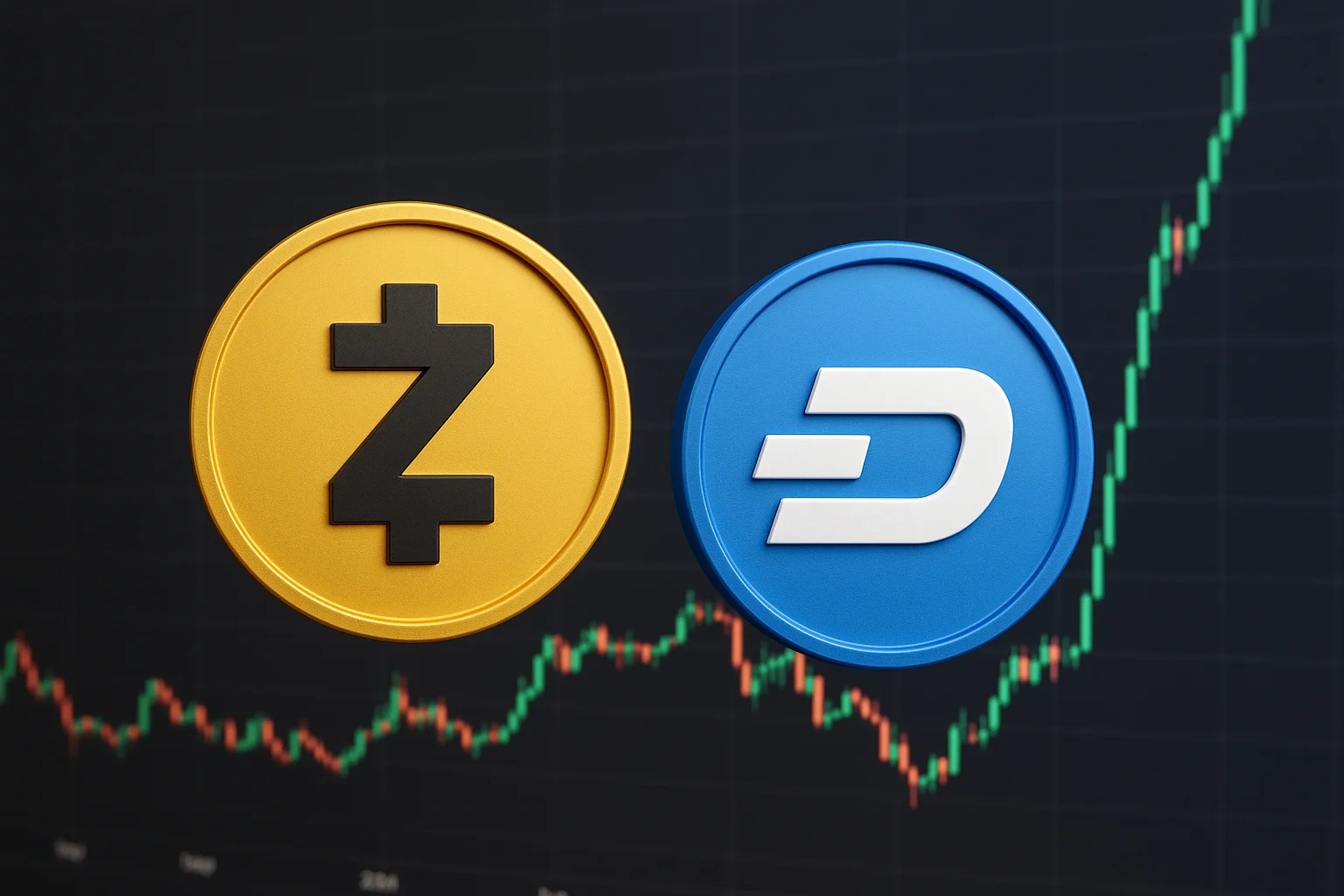News
Altcoin News
Altcoin News
Browse all Altcoin related articles and news. The latest news, analysis, and insights on Altcoin.
ZRO Comment and Price Analysis - October 6, 2025
ZRO/USDT Technical AnalysisAnalyzing the ZRO chart, we see a rising and tightening triangle formation, and the price of the coin has recently been trading inside this pattern with increasing compression. This may signal a potential bullish breakout.ZRO is currently trading around $2.26. The first strong resistance level ahead is $2.33 in the short term. ZRO could move toward the levels of $2.59 and $2.69 if the price can close above this short-term resistance. These levels are crucial as they align with both horizontal resistance and the triangle’s upper boundary. The zone between $3.03 and $3.67 would be the technical target of a potential triangle breakout.We should be watching the support area at $2.09–$2.02 in case of a downside scenario. The price of the coin may retreat to $1.79 if this support area breaks. This zone is also important as it serves as both horizontal and trendline support.Key levels to follow:Resistance levels: $2.33 → $2.59 → $2.69 → $3.03 → $3.67Support levels: $2.09 → $2.02 → $1.79 Narrowing Triangle These analyses, not offering any kind of investment advice, focus on support and resistance levels considered to offer trading opportunities in the short and medium term according to the market conditions. However, traders are responsible for their own actions and risk management. Moreover, it is highly recommended to use stop loss (SL) during trades.
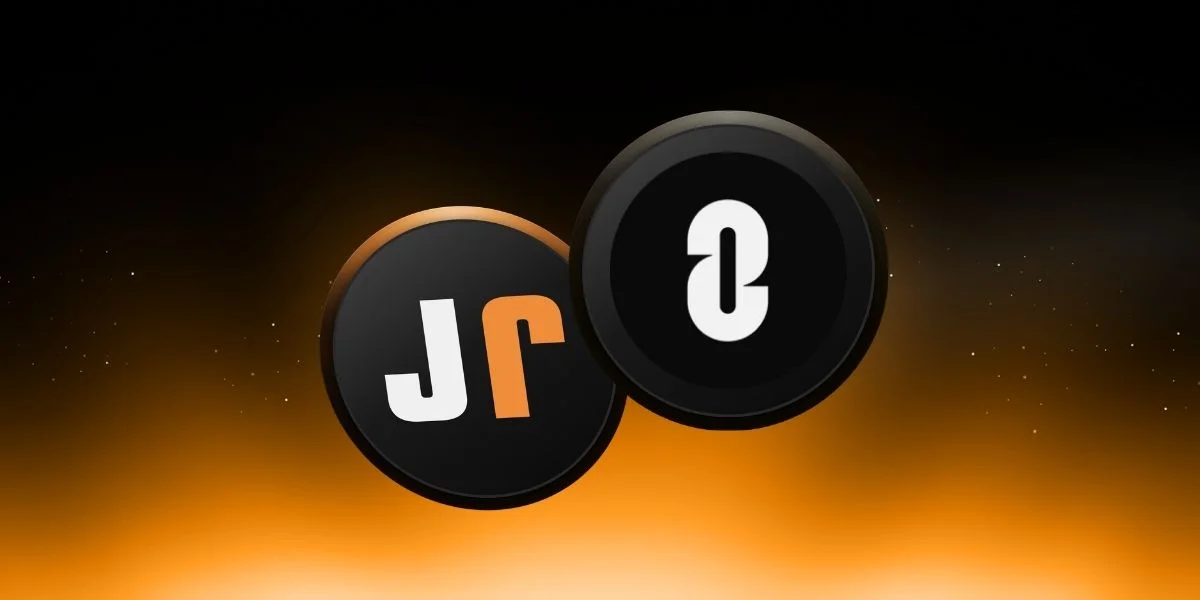
ZK Comment and Price Analysis - October 6, 2025
ZK Technical AnalysisAnalyzing the ZK chart on a daily time frame, we can clearly see that the coin is still moving inside a long-term downtrend channel. ZK hasn’t been able to break above the main trendline yet, despite some small recovery moves recently. Overall, it remains under selling pressure. Falling Trend The price is currently trading around $0.054. ZK tried to surge toward the $0.059–$0.060 area, but this zone acted as strong resistance. ZK needs to close above $0.065 for a real bullish signal. If it does so, $0.078 and $0.091 could be the next targets.According to a bearish scenario, $0.054 stands as the first important support below. ZK has the potential to fall toward $0.046 and $0.041 if the price breaks below this support level. The bearish trend would likely deepen in case of a close below the $0.041 level.Key levels to follow:Resistance levels up: $0.059 → $0.065 → $0.078 → $0.091Support levels below: $0.054 → $0.046 → $0.041These analyses, not offering any kind of investment advice, focus on support and resistance levels considered to offer trading opportunities in the short and medium term according to the market conditions. However, traders are responsible for their own actions and risk management. Moreover, it is highly recommended to use stop loss (SL) during trades.
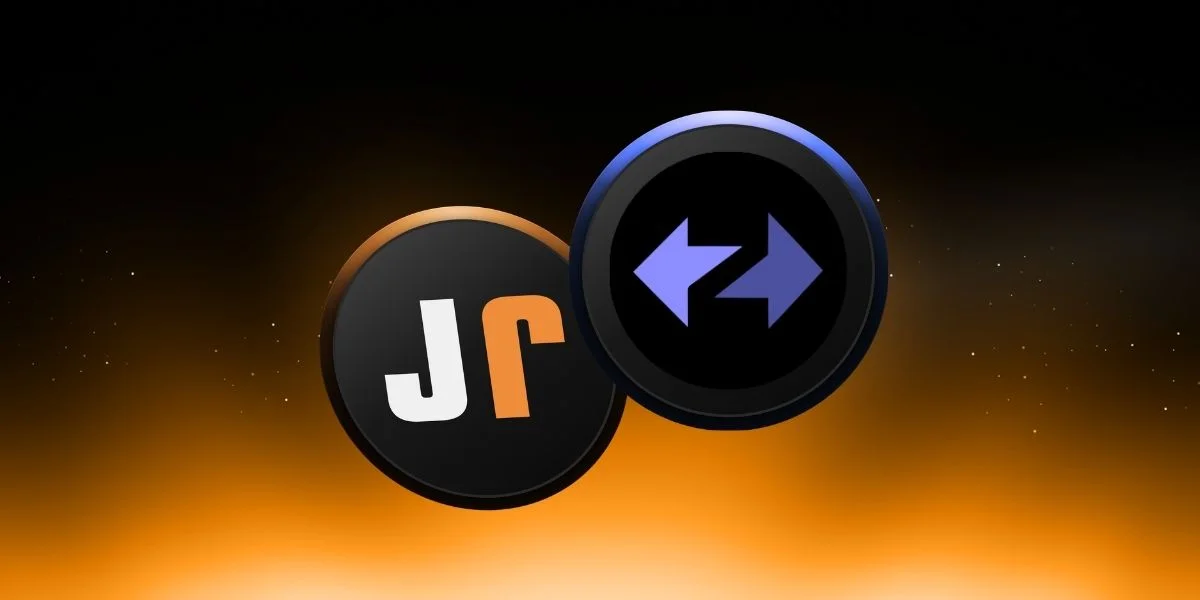
Grayscale Adds Staking Feature to US Ethereum ETFs
Digital asset management giant Grayscale has launched staking for its spot Ethereum ETFs in the US. According to the company, the Grayscale Ethereum Trust ETF (ETHE) and Grayscale Ethereum Mini Trust ETF (ETH) now offer investors the opportunity to earn income not only from Ether price movements but also from staking rewards.With this move, ETHE and ETH became the first spot crypto ETFs to trade on US exchanges to enable staking. Grayscale also launched staking for Solana Trust (GSOL). While GSOL is still a closed-end investment vehicle, the company has filed an application with the US Securities and Exchange Commission (SEC) to convert this product into an ETF.Grayscale stated that the staking service will be operated "passively" through professional custodians and validator partners. This will contribute to network security and validation processes while also creating long-term return potential for investors. Grayscale CEO Peter Mintzberg said in a statement, “Enabling staking in our spot Ethereum and Solana funds reflects Grayscale’s innovative approach. As the world’s largest provider of digital asset-focused ETFs, we aim to deliver tangible value to our investors through new opportunities like staking.”Crypto ETFs Gain Momentum in the USWith this development, Grayscale has achieved a significant first in the US spot crypto ETF space. Previously, in July, REX-Osprey launched its Solana-based staking ETF under the Investment Company Act of 1940. However, this product was not considered under the 1933 Act, which is generally the basis for spot Bitcoin and Ethereum ETFs. Therefore, Grayscale’s Ethereum ETFs become the first spot crypto ETFs in the US to integrate staking under the 1933 Act.Furthermore, Grayscale’s Solana product, GSOL, is expected to be one of the first spot Solana ETFs to include staking if approved. The company plans to expand staking to its other products as the digital asset ecosystem develops.This move coincides with the SEC approving general listing standards for crypto ETFs. However, the ongoing US government shutdown may further delay staking approvals, particularly for Ethereum ETFs.The price of Ethereum (ETH) rose around 1 percent in the last 24 hours to trade around $4,580, while Solana (SOL) rose 0.5 percent to $233. Recent data on institutional funds indicates that increasing institutional demand for Ethereum and Solana products is supporting this rise.
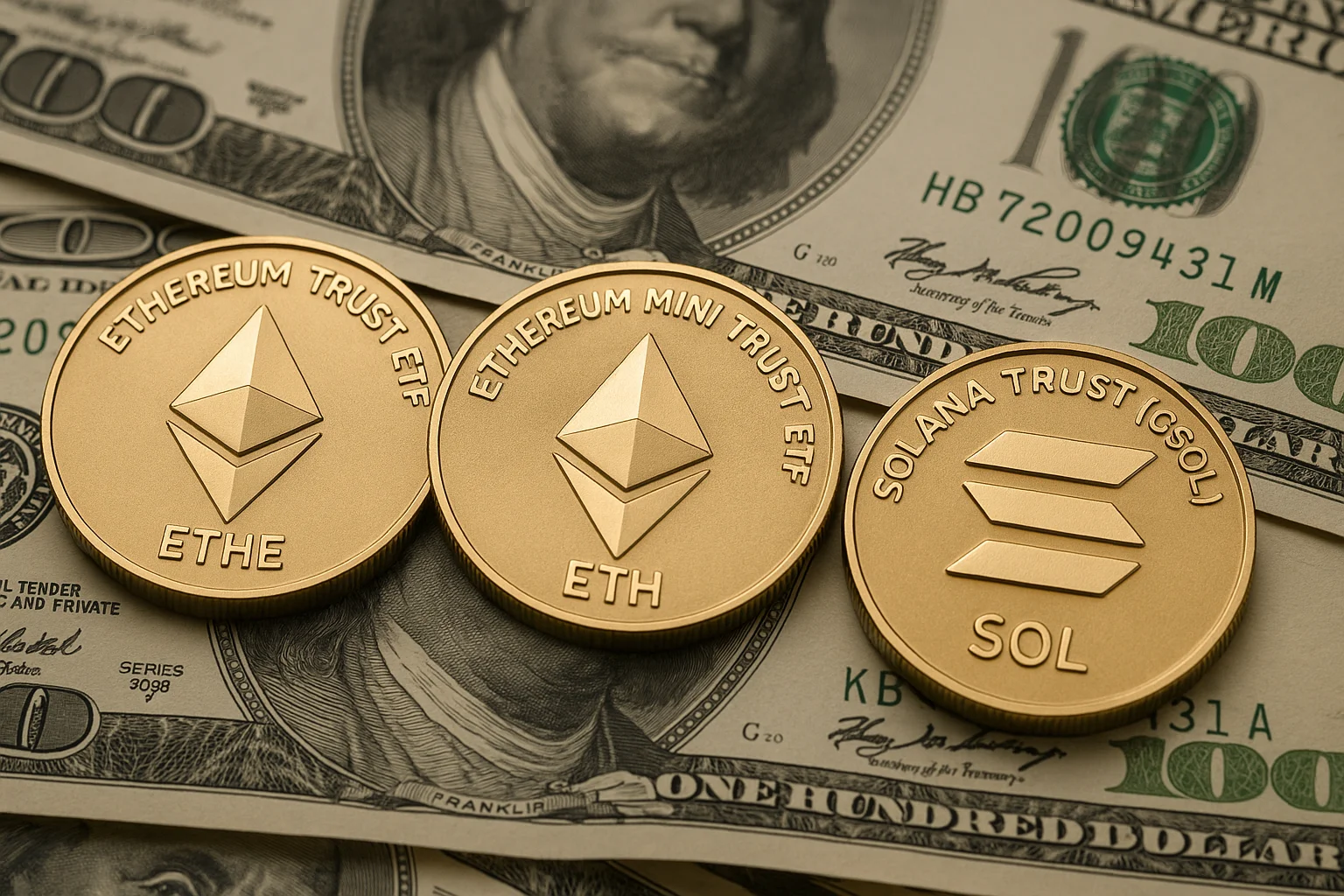
What is ZCash (ZEC)?
The rise of privacy in the crypto world stemmed from users' desire to protect not only their transactions but also their identities. When Bitcoin, with its open-ledger structure, failed to fully address this need, privacy-focused alternatives emerged. ZCash was one of the pioneers of this movement.ZCash, or ZEC for short, is a privacy-focused cryptocurrency. Its key feature is the ability to adjust the privacy level of transactions based on user preferences. Launched in 2016 by the Electric Coin Company (ECC), ZCash was developed as an alternative to Bitcoin's public ledger model. Its goal is to provide a secure digital cash solution that allows users to protect their financial information. As a Layer-1 blockchain, ZCash is considered a pioneer of the privacy coin category.Definition and Origins of ZCashWhat is ZCash? ZCash is a cryptocurrency that provides users with optional privacy. Users can conduct their transactions transparently, just like Bitcoin, or they can make their transactions completely private by encrypting them. The technology that makes this possible is the zk-SNARK protocol, which ZCash stands for. zk-SNARK, short for "Zero-Knowledge Succinct Non-Interactive Argument of Knowledge," is an advanced cryptographic proof method that allows proving the validity of a transaction without revealing any information. ZCash uses this zero-knowledge proof technique to encrypt transaction data (sender, recipient, and amount) on the blockchain; however, the authenticity of the transaction can still be proven within the network's consensus rules. This allows users to protect their financial privacy if they so choose, while maintaining network security and verifiability.So, how did ZCash come about? The ZCash project originated from academic foundations. In 2013, cryptography expert Matthew Green and his team at Johns Hopkins University proposed the Zerocoin protocol to add privacy to Bitcoin. This concept was later developed, renamed Zerocash, and eventually evolved into ZCash, an independent blockchain. ZCash's software development was led by the Zerocoin Electric Coin Company, founded under the leadership of computer security expert Zooko Wilcox-O'Hearn. The project officially launched in October 2016 with approximately $3 million in funding from Silicon Valley investors. The ZCash network began producing its first blocks on October 28, 2016, marking the launch of this new privacy-focused cryptocurrency, born from a fork of the Bitcoin codebase. Unlike Bitcoin's open-ledger structure, ZCash, with its slogan "encrypted electronic cash," was hailed as the first cryptocurrency to enable fully private peer-to-peer payments.What is its technical basis and purpose? ZCash is technically based on Bitcoin's code structure and has a similar maximum supply of 21 million ZEC. While similar to Bitcoin in terms of block times, consensus mechanism, and mining algorithm (for example, ZCash uses an ASIC-resistant Proof-of-Work algorithm called Equihash), its key difference is its optional privacy feature. ZCash's developers launched this project because they believed Bitcoin's public transaction ledger could pose privacy concerns. Therefore, the goal of ZCash was to bring the privacy dimension lacking in Bitcoin to the blockchain ecosystem and offer users a digital currency alternative that they could wear as an invisibility cloak if necessary. Consequently, ZCash emerged as a groundbreaking initiative in the privacy-focused cryptocurrency space.ZCash History: Major MilestonesSince the launch of ZCash, the project has gone through many significant milestones, both technologically and from a community perspective. Here are the major milestones in the history of ZEC coin:2016 - Launch and first blocks: The ZCash mainnet was launched in October 2016. The network's first blocks were generated through a unique setup process called the "Genesis Ceremony." This key ceremony involved six different individuals contributing to the system without the knowledge of each other, and then destroying the private key fragments used. The goal was to securely establish the initial parameters and ensure that no single individual possessed a master key that could exploit the system. The launch of the ZCash mainnet generated significant excitement in the crypto community, generating strong demand from miners and investors. Indeed, within the first week after the launch, the ZEC token price reached astronomical levels, exceeding $5,000. With this value, ZEC set its own all-time high price (ATH) record in its first days. (This initial high price was a temporary phenomenon due to the small amount of ZEC in circulation. Over time, as the supply increased, the price decreased to more reasonable levels.)2017 - Listing on exchanges and price peak: 2017 was a year of growth and recognition for ZCash. Many major cryptocurrency exchanges began listing ZEC; for example, ZEC trading became available on platforms such as Kraken, Poloniex, and Bittrex, which were popular global exchanges at the time. With access to a wider investor base, the ZCash price entered a strong upward trend. Especially during the general crypto market rally at the end of 2017, ZEC gained significant value. Reaching levels of approximately $740 in December 2017, ZEC briefly reached a second peak in January 2018, reaching $950. This period was one of the most popular periods for ZCash among institutional and individual investors. 2018 - Decline and Technological Advances: 2018 was a year of general correction in the crypto market, and the ZEC price was also affected by these fluctuations. The value of ZEC experienced significant declines throughout the year, dropping to around $50. However, ZCash technology did not stagnate; on the contrary, significant updates were implemented during this period. In October 2018, a protocol upgrade called Sapling was activated. Sapling was a next-generation ZK-SNARK development that made ZCash's confidential transactions lighter and faster. This increased the performance of shielded transactions and significantly reduced memory usage. Sapling made it easier for ZCash wallets to support shielded transactions, especially in mobile environments. In short, 2018 was a year of strengthening ZCash's technical infrastructure, in addition to price fluctuations.2019 - Blossom Update: In December 2019, the ZCash network implemented its third major protocol update, Blossom. The primary goal of the Blossom upgrade was to improve the network's scalability and ease of use. With this update, block time was reduced from 150 seconds to 75 seconds, approximately doubling its speed. While blocks were generated more frequently, the total ZEC supply schedule remained unchanged; to achieve this, the reward per block was halved (thus, while blocks arrived twice as fast, the amount of ZEC generated per unit of time remained the same). Thanks to Blossom, transaction confirmation times were reduced, network capacity and transaction throughput increased, and transaction fees were kept low. During this period, ZCash developers stated that they had begun preparing the infrastructure necessary for the network's long-term scalability, and Blossom was the first step in this journey. The Blossom update, released in the second half of 2019, was seamlessly adopted by the ZCash community and successfully increased network performance.2020 - Heartwood update: The Heartwood protocol upgrade, launched in July 2020, introduced two significant improvements to the ZCash network. First, a feature called ZIP-221 (Flyclient) has made it easier for the ZCash blockchain to interact with light clients and other blockchains. Flyclient uses a new cryptographic record (Merkle Mountain Range) added to block headers, allowing third-party applications or light wallets to verify network transactions using significantly less data. The second major innovation is ZIP-213 (Shielded Coinbase). This feature allows miners to receive block rewards directly to a shielded address. Previously, block rewards were required to go to transparent addresses, requiring the amount of ZEC earned by miners to be publicly available. Thanks to the performance improvements brought by the Sapling update, Coinbase transactions can now be sent to shielded addresses. Shielded Coinbase was a significant step in enhancing the privacy of the ZCash network, allowing miners to contribute to anonymity by keeping their earnings private if they wish. The Heartwood update generally improved ZCash's integration with the outside world (e.g., cross-blockchain communication, light wallets) and advanced network privacy.2020 - First halving and Canopy: In late 2020, ZCash experienced its first block reward halving, which occurs approximately every four years, similar to Bitcoin. This halving, which occurred in November 2020, reduced the block reward from 6.25 ZEC to 3.125 ZEC. The protocol update, Canopy, was also activated during this period. The most significant aspect of Canopy was the end of the Founders' Reward period, which lasted for the first four years, and the transition to a new Development Fund model. Now, 80% of mined ZEC goes to miners, while the remaining 20% is distributed to ECC, the Zcash Foundation, and community-supported grant programs. This change aimed to ensure that the long-term financing of ZCash's development is community-driven and transparent.2021 - Halo Arc and a pioneering cryptography move: In 2021, the ZCash team focused on a next-generation zero-knowledge proof system, called Halo 2. Developed by ECC researcher Sean Bowe and his team, the Halo protocol simultaneously addressed two long-awaited challenges in the zero-knowledge world: eliminating the need for trusted setup and making privacy scalable. Announced in 2019, Halo was prepared for integration with ZCash in 2021-2022. This technology gave the ZCash network a new protected transaction protocol called Orchard. Network Upgrade 5 (NU5), implemented in May 2022, integrated the Orchard protocol into the mainnet, and the Halo 2 proof system began to be used. Unlike previous zk-SNARK systems, Halo eliminates the need for trusted ceremonies that had to be repeated with every major update. It also allows the recursive proof method to aggregate the proofs proving the validity of a transaction into a single chain of evidence. This, in theory, means that the validity of multiple transactions can be proven at once, making the blockchain more efficient and scalable in the long run. In short, the Halo protocol not only increased user trust in ZCash (by eliminating the need for trusted ceremonies) but also laid the groundwork for future interoperability with different blockchains and high-throughput confidential transactions.2022 - NU5 activation and Orchard / Unified Address: In May 2022, with Network Upgrade 5 (NU5), the Orchard protocol became available on the mainnet; the Unified Address (UA) system was also introduced, providing users with "transparent and protected" transaction support through a single address.2023 - ECC restructuring and governance changes: The ECC reduced some of its operational areas; At the end of 2023, there were leadership changes, such as Zooko Wilcox stepping down as CEO and Josh Swihart taking over. The Zcash Foundation also intensified its budget and governance processes for community grants. (For example, the foundation approved a $250,000 grant in its Q4 2023 report.)2024 – Zashi wallet, NU6 & Dev Fund model change: ECC introduced its own mobile wallet, Zashi. The NU6 upgrade was implemented at the end of 2024, restructuring block rewards and making the Dev Fund structure more community-focused.2025 (January–September) - Zcashd deprecation, preparation for NU6.1, focus on community funds: The Zcashd client is scheduled to be deprecated in 2025; full nodes are migrating to Zebrad, and Zallet is the new official wallet. The NU6.1 upgrade has been approved; The block upgrade date has not yet been determined, and some JSON-RPC changes are expected. Furthermore, the current Dev Fund model is scheduled to expire in November 2025, and the community is discussing how to complete protocol revisions in time for the Dev Fund's transition to the new model. Meanwhile, the 2025/6 protocol roadmap has been published, and ECC and ecosystem stakeholders have included technological developments, particularly quantum-resistant changes, in their plans. As of October 2025, ZEC price is changing hands at around $170. Why is ZCash Important?There are several key elements that make ZCash unique and place it in a special place in the crypto world. They can be examined under the following headings:Privacy ZCash's most important feature is that it offers its users strong financial privacy. In traditional blockchains like Bitcoin, all transactions and balances are transparent; anyone can view an address's history and transaction amounts on-chain. ZCash, however, has changed this through shielded transactions. Thanks to zk-SNARK technology, the sender's address, recipient's address, and the amount sent in ZCash transactions are fully encrypted. An outside observer of such a transaction knows that the transfer occurred and is valid, but cannot obtain any information about the parties or the amount. This level of privacy technically distinguishes ZCash from other privacy coins like Monero, as privacy is optional, not mandatory, in ZCash. Users can choose to transact using transparent (t-addr) addresses or protect their privacy with stealth (z-addr) addresses. This flexibility makes ZCash an attractive solution for both individuals seeking complete anonymity and organizations seeking auditability when necessary. For example, a user might want to make some transactions public for tax or legal reasons, but hide other private transactions – ZCash leaves this choice up to the user. Shielded transactions hide the sender and recipient information, while transparent transactions, like Bitcoin transactions, are public. This dual structure gives ZCash users control: the degree of privacy is entirely yours! Pioneering CryptographyZCash has revolutionized the implementation of zero-knowledge proofs in a real blockchain environment. ZCash marks the first time zk-SNARK technology has been used in a cryptocurrency protocol. Therefore, ZCash is considered an innovative project in the cryptography community. Many prominent figures from the academic world have participated in the development of ZCash. Cryptographers, mathematicians, and computer scientists have contributed to the ZCash protocol. In fact, the ZeroCash whitepaper, which forms the basis of the project, is a collaborative effort by world-renowned cryptography researchers. This scientific approach increases confidence in ZCash's security and privacy levels. For example, in 2022, the infamous NSA whistleblower Edward Snowden revealed that he secretly participated in ZCash's 2016 launch ceremony under a pseudonym.Security and Technical RobustnessBecause ZCash is a fork of the Bitcoin code, it has an extremely robust infrastructure in terms of fundamental security principles. ZCash inherited Bitcoin's proven consensus mechanism and distributed ledger structure. PoW (proof-of-work) mining ensures the honest majority protects the network; ZCash also aims to make ASIC mining more difficult with the Equihash algorithm, allowing a wider audience to participate. This balance between decentralization and security is achieved. Every transaction on the ZCash network, whether transparent or private, is cryptographically verified and immutably recorded on the blockchain. This security is also ensured by zk-SNARKs (cryptographic proof that the transaction complies with the rules). Furthermore, protocol updates (Sapling, Heartwood, etc.) have continuously improved both performance and security vulnerabilities over the years. ZCash has been an active blockchain for over eight years and has proven itself. It is noteworthy that no serious security breaches have occurred to date.Uses and FunctionalityZCash's privacy features make it a preferred digital currency in certain scenarios. Using the ZEC token can be particularly advantageous in situations where financial privacy is paramount. For example:Individual payments: If you prefer not to have your balance and transaction history visible when sending money or making purchases, ZCash's shielded transactions are perfect for you. Users who prioritize privacy can achieve financial privacy by using ZEC for their daily spending.Corporate and commercial transfers: In transfers between companies or institutions, it may be desirable to keep the amount confidential to competitors or external parties. For example, confidentiality of payments and contract amounts in a supply chain can be crucial for competitiveness. ZCash can also be useful in the business world by providing a layer of privacy for these types of corporate payments.Donations and charitable giving: Philanthropists who wish to donate without revealing their public identity can make anonymous donations with ZCash. Similarly, non-governmental organizations or activist movements can protect the identities of their supporters by using ZCash payments.Research and development: The ZCash protocol is serving as a pilot project in academic and industrial research. For researchers working on privacy technologies (e.g., zero-knowledge proofs, recursive proofs, etc.), the ZCash network is like a living laboratory. Innovations in ZCash enable testing of methods that could be used in future digital identity, voting systems, or other blockchain applications.ZCash Developers and CommunityOne of the most important factors that makes a crypto project successful is its development team and community support. ZCash has a rich history and structure in this regard.The core development team of the ZCash protocol is the company. Initially founded as the Zerocoin Electric Coin Company, the company changed its name to the Electric Coin Company in February 2019. While ECC is a for-profit company, its primary mission is to develop and maintain the ZCash protocol. Its CEO and founder, Zooko Wilcox, is a well-known figure in the crypto world and has been pushing ZCash's vision forward for years. ECC employs numerous cryptographers, engineers, and researchers. Innovations like Halo, in particular, are the product of ECC's R&D team. ECC manages the official ZCash code repository (zcashd) and releases regular software updates. The company also works to promote, promote, and increase ZCash's adoption globally. Zooko Wilcox at a ZCash event. Founded in 2017, the Zcash Foundation is a non-profit organization that plays a key role in the ZCash ecosystem. Its mission is to support the open-source development of the ZCash protocol, fund community initiatives, and protect the interests of the ZCash network. The Zcash Foundation contributes to the ecosystem through an independent developer team (they are developing an alternative ZCash client software called Zebra) and grant programs. As a coordinated but separate entity from the ECC, it strengthens the network's decentralization. The Zcash Foundation board consists of academics, technology experts, and community representatives. The Foundation also plays an active role in wallet integrations, education, and legal advocacy. For example, it undertakes tasks such as providing funding to wallet developers to increase ZCash adoption and defending the rights of ZCash users in regulatory debates.Furthermore, ZCash is supported by a global community. Volunteer developers, translators, content creators, miners, and users are integral parts of this ecosystem. On Zcash's official forum (Zcash Community Forum) and other social platforms, many people discuss the project, offer improvement suggestions, and provide feedback. Some projects originating from the community (e.g., community-driven information platforms like ZecPages and ZecHub) aim to facilitate and expand the use of ZCash. Furthermore, a community-driven grant program called Zcash Community Grants provides funding for new ideas and projects. Through this mechanism, any developer can apply for funding for a project that contributes to the ZCash ecosystem and, with community approval, receive a grant.Because the heart of the ZCash project stems from academia, relationships with universities and researchers have always been strong. The project's original founding team included cryptographers from institutions such as Johns Hopkins and MIT. Currently, the Zcash Foundation and the ECC support various academic conferences, organize scholarship programs, and contribute to next-generation cryptography research. For example, academic publications related to ZCash are emerging on topics such as zero-knowledge proofs, advanced cryptographic protocols, and network security. This keeps ZCash under constant scientific scrutiny, helping it maintain its credibility and innovation.Decisions within the ZCash ecosystem are discussed and made through improvement proposals (ZIP). ZIP processes operate openly, inviting feedback from the community and all relevant stakeholders. For example, changes to the mining reward distribution model (as in the Canopy update) or the addition of a new feature are first submitted as a draft ZIP, followed by technical assessments and community feedback, and then implemented with the consensus of the ECC and the Foundation. ZCash follows a multi-stakeholder model in terms of its governance structure: in addition to the ECC and the Foundation, organizations like the Bootstrap Project, founded in 2020, are also involved in the governance process. (Bootstrap is an initiative to transfer ECC's ownership structure to a foundation-like structure; ECC shareholders transferred the company to a charity-like structure called Bootstrap. This has transformed ECC's for-profit structure into a community-driven structure.)In conclusion, in response to the question, "Who is the founder of Zcash?": While Zooko Wilcox is the founder and thought leader of Zcash, today ZCash is being developed collectively by a broad ecosystem rather than being tied to a single person or company.Frequently Asked Questions (FAQ)Below are some frequently asked questions and answers about ZCash:What is ZCash, and when was it released?: ZCash is a cryptocurrency known for its privacy features. It was first released in October 2016 by the Electric Coin Company. ZCash, a fork of Bitcoin, is a digital currency solution that allows users to choose whether to hide or make their transactions transparent.Who developed ZCash?: The development of the ZCash project was led by the Electric Coin Company (ECC), led by Zooko Wilcox. The project's foundation is based on academic research and stems from the cryptographic work of Matthew Green and his team at Johns Hopkins University. Currently, volunteer developers from around the world, including ECC and the Zcash Foundation, contribute to ZCash's development.What technology does ZCash use?: ZCash uses zero-knowledge proof technology called zk-SNARK to ensure the privacy of transactions. This way, transaction details are encrypted and hidden while remaining verifiable by the network. Furthermore, ZCash is a derivative of Bitcoin in terms of its technical infrastructure; it uses proof-of-work as a consensus mechanism and uses the Equihash algorithm for mining. The Halo 2 protocol, integrated in 2022, further advanced privacy technology by eliminating the need for a trusted setup.What is the ZEC token used for?: ZEC is the native cryptocurrency of the ZCash network. Its primary purpose is to transfer value. In other words, just like Bitcoin, you can make digital payments, send, and receive money with ZEC. The difference is that these transfers can be made private, if desired. In addition to providing users with financial privacy, the ZEC token is also used to pay transaction fees on the network. In short, ZEC is both the currency and the transaction medium of the ZCash blockchain.Is ZCash suitable for investment?: The answer to this question varies from person to person and depends on your financial risk preferences. ZCash holds a respected position in the crypto world because it's a technologically innovative and well-established project. As a privacy-focused coin, it has a niche market where it can find demand. However, there are some points to consider when evaluating it from an investment perspective: the price of ZEC has fluctuated significantly in the past (both rapid increases and significant decreases). Furthermore, due to regulatory pressures on privacy coins, listing on some exchanges poses risks. Therefore, before investing in ZCash or any cryptocurrency, you should always conduct your own research and consider your risk tolerance. Even if the project is successful in the long term, market conditions may not always meet investor expectations. Ultimately, ZCash can be a suitable asset in your portfolio as a coin whose technology you believe in; however, its suitability depends on your financial goals and risk management.What are the uses of ZCash?: ZCash's uses are generally in scenarios where financial privacy is required. Individual users can use ZEC if they want privacy in their daily payments. For example, ZCash is ideal for not disclosing the amount of a cryptocurrency transfer you make to someone or your identity. In the business world, ZCash can be used for secret agreements, procurement payments, or financial information that needs to be kept secret from competitors. ZCash also stands out in international money transfers, fundraising campaigns, or payment situations where there's a risk of censorship. Technically, ZEC, like other cryptocurrencies, can be held and transferred in digital wallets; the difference is that the traces of these transfers can be optionally hidden. This makes ZCash particularly indispensable for use cases where freedom and privacy are paramount.Continue reading the JR Crypto Guide series to stay up-to-date on the latest developments in ZCash and privacy-focused blockchain projects.
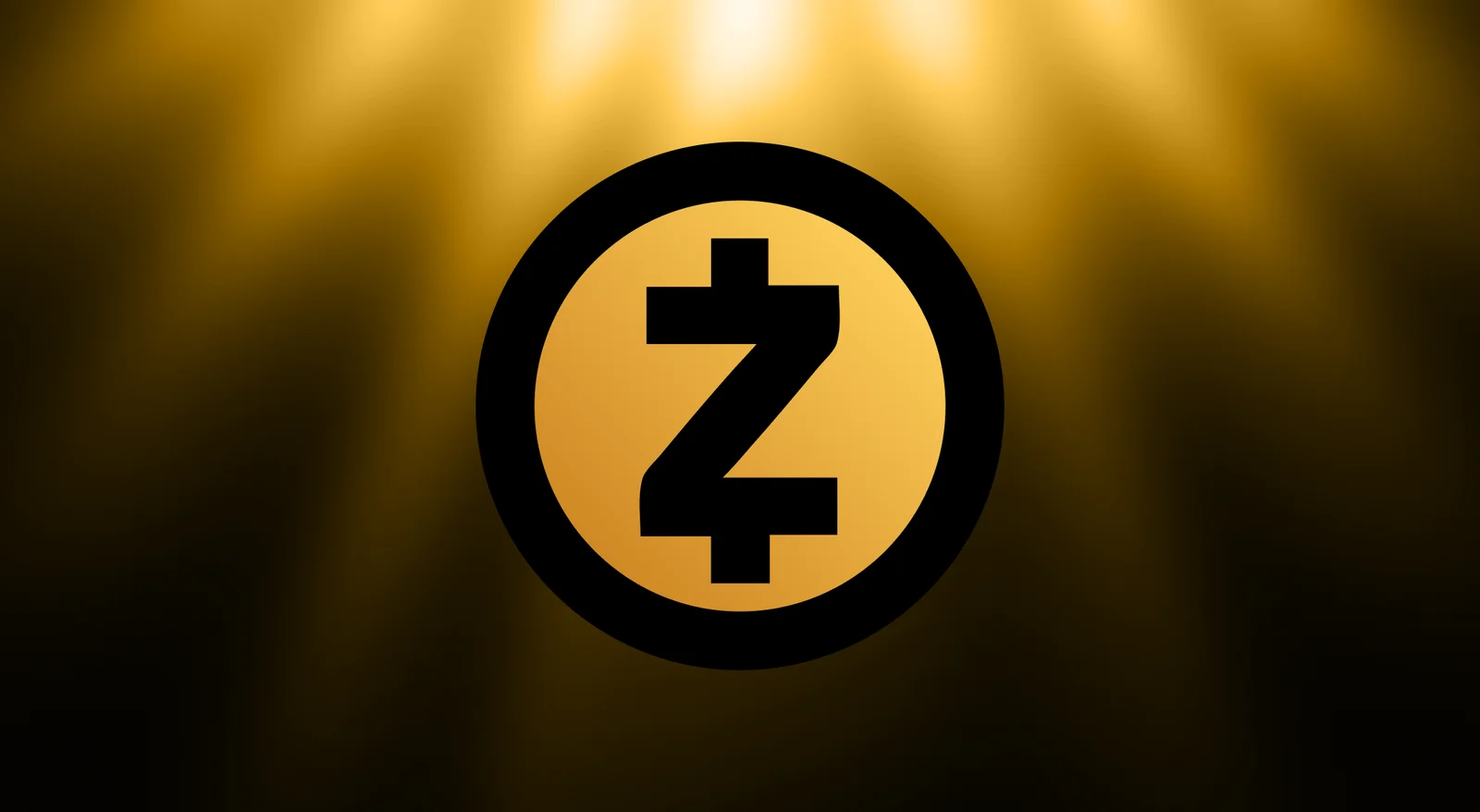
Record Inflow into Global Crypto Funds: Strong Rise in Bitcoin and 6 Altcoins
Crypto asset investment products saw a record inflow of $5.95 billion last week. According to CoinShares data, this figure marked the highest weekly inflow ever measured for digital asset funds. This surge in investor interest is believed to be driven by the delayed response to the US Federal Reserve's interest rate cut, weak employment data, and concerns about the risk of a government shutdown.US-based products led the week by a large margin with $5 billion in inflows. Switzerland broke its own record with $563 million, while Germany saw its second-highest weekly inflow with $312 million. This strong performance brought the total asset value under management (AUM) of digital asset investment products to an all-time high of $254 billion.Strong inflows led by Bitcoin and EthereumThe lion's share of investment inflows went to Bitcoin. With $3.55 billion in weekly fund inflows, BTC reached its highest level in history. Despite this, investor interest in short-term instruments remained extremely low. This suggests that the overall bullish outlook in the market remains strong. Ethereum saw a strong inflow of $1.48 billion. This brings ETH's total fund inflow since the beginning of the year to $13.7 billion, almost triple the level of 2024. Spot Ethereum ETFs traded in the US reportedly received $1.3 billion, with BlackRock's ETHA product leading the way with an inflow of $691.7 million.Records for Solana and XRPSolana (SOL) saw its highest weekly inflow in history with $706.5 million. This figure brings Solana's total fund inflow for 2025 to $2.58 billion. XRP also attracted attention with a strong inflow of $219.4 million. However, other altcoins did not see the same momentum; Sui saw $3.4 million, Chainlink $1.5 million, and Litecoin $1.2 million. In contrast, multi-asset products saw $23.5 million in outflows. CoinShares data shows that investors preferred to concentrate on specific assets rather than diversify their portfolios during this period.US Dominance of ETF ProvidersAmong fund providers, iShares (BlackRock) ETFs topped the list with a massive inflow of $2.5 billion. Fidelity's Bitcoin fund saw inflows of $692 million, Grayscale's $305 million, and Bitwise's $295 million. CoinShares XBT products experienced a limited outflow of $12 million.Total inflows since the beginning of the year have reached $45.5 billion, with $35.7 billion of these flows coming from iShares products. This chart clearly demonstrates that US-based ETFs clearly dominate the market dynamics.Weakening global employment data has reinforced investors' tendency to reduce risk in traditional markets. This has fueled demand for liquid assets, particularly Bitcoin and Ethereum. According to CoinShares analyst James Butterfill, market movements indicate that the search for a “digital safe haven” has regained momentum due to both the delayed impact of the interest rate cut and political uncertainties in the US.
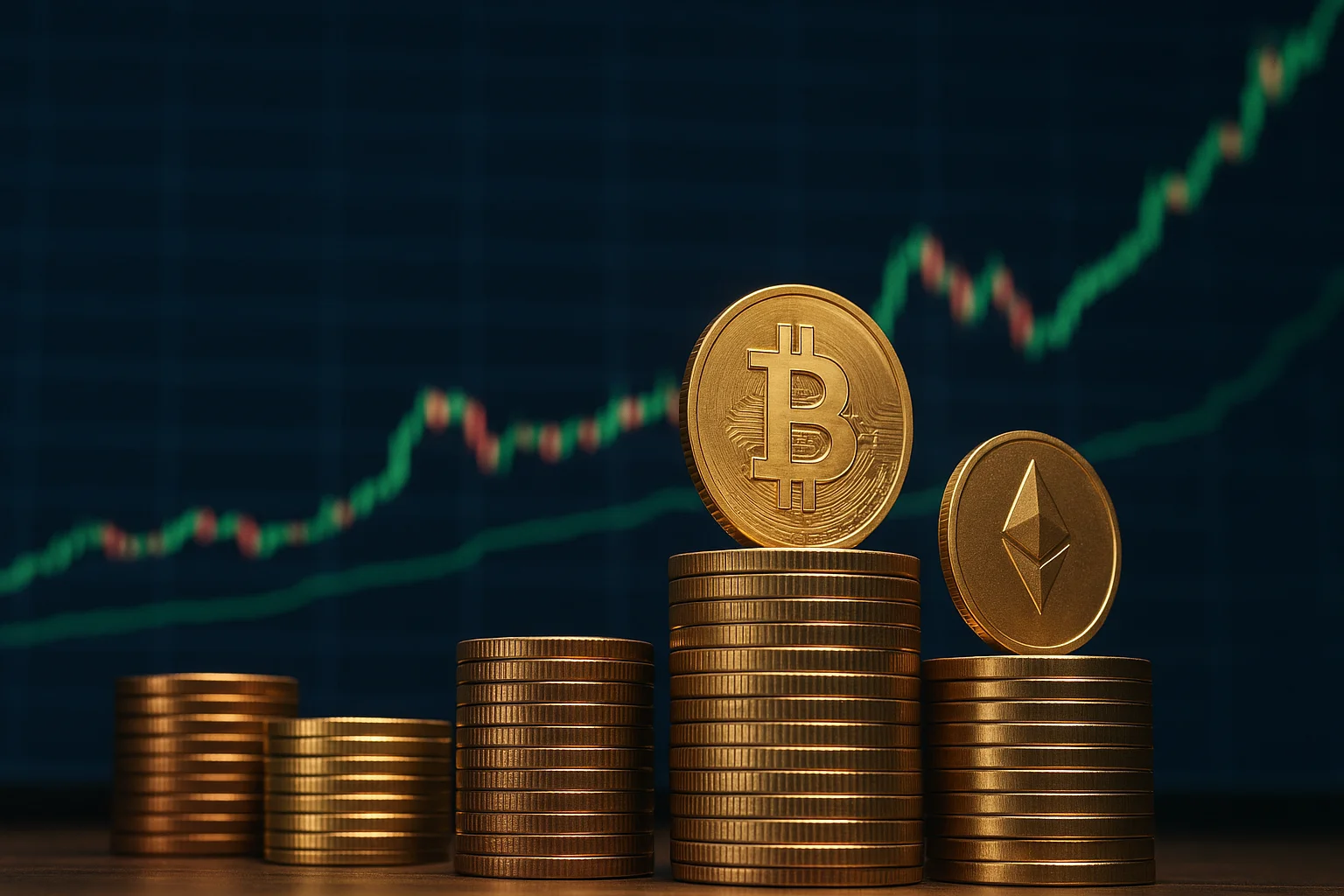
Binance Lists, DeFi Platform Delists: Aster at the Center of Controversy
The crypto market has been focused on the decentralized exchange Aster (ASTER) in recent days. With Binance's listing of Aster today, the project has become a hot topic for both investors and analysts. However, developments behind the scenes have also sparked discussions that could cast a shadow over Aster's rapid rise.The latest developments for Aster have drawn attention.Binance, the world's largest crypto exchange, announced that it has listed ASTER with a seed tag as of October 6th. The exchange announced that trading has opened for ASTER/USDT, ASTER/USDC, and ASTER/TRY pairs, with deposits starting this morning, and withdrawals slated for October 7th. The seed tag indicates the project's high-risk but innovative nature. Binance issued a clear warning to investors, stating, "ASTER is a new token that carries higher than normal risk and may be subject to significant price fluctuations. Users should fully understand the project and implement adequate risk management before trading."Aster's rise is not new. The project emerged at the end of September as a competitor to the decentralized futures exchange Hyperliquid and quickly experienced remarkable growth. According to DeFiLlama data, Aster's open interest volume increased by 33,500 percent in one week, reaching record levels. Daily trading volume reached an all-time high of $60 billion on September 25th.DefiLlama's delistingHowever, this growth wasn't universally welcomed. DeFi data platform DefiLlama delisted Aster's perpetual futures data due to "data integrity concerns." One of the platform's founders, 0xngmi, stated that Aster's trading volumes correlate almost exactly with Binance futures, adding, "We can't be sure if this is organic volume or wash trading. Aster will be delisted unless it shares detailed data showing who placed orders or filled trades."The Aster team has yet to respond to these allegations. However, community support is strong. Binance founder Changpeng Zhao (CZ) shared Aster's performance chart on his X account a few weeks ago, captioning it, "Good start, keep improving." CZ's frequent posts promoting Aster have further fueled rumors about the project's ties to Binance.According to market data, ASTER is currently trading around $2.05. With a circulating supply of 1.65 billion units and a market capitalization of $3.35 billion, it ranks 40th in the market. Its 24-hour trading volume reached $1.38 billion, a surge of over 32%. According to analysts, Aster's price could reach new highs in the short term, fueled by strong community interest and the momentum generated by its Binance listing. However, the longevity of this surge remains a question mark until uncertainties surrounding data transparency and allegations of "wash trading" are resolved.
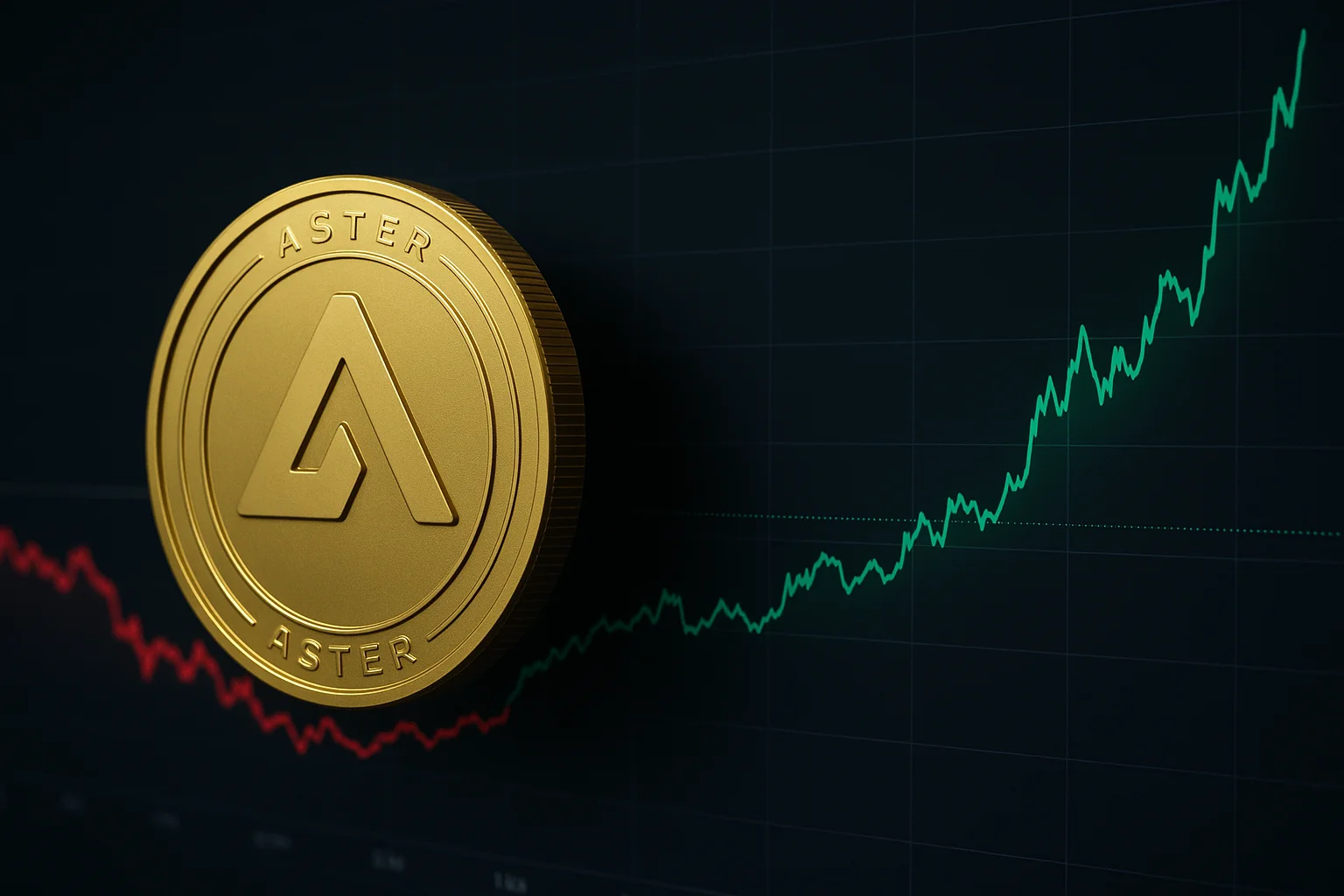
LDO Comment and Price Analysis - October 3, 2025
LDO Technical AnalysisAnalyzing the LDO chart on a daily timeframe, we see that the descending channel structure is still valid. The price of the coin has recently moved towards the upper border of the channel, yet it has failed to break out of it, leading to a pullback. This indicates that the channel pattern is strong and still works well. Falling Channel Structure LDO is currently trading around the level $1.26. Support and resistance levels should be watched closely as long as the price keeps trading inside the descending channel.The first support area is the zone between the levels $1.13 and $1.07 – a crucial defense line as it intersects both horizontal support and the mid-line of the channel.Below this key support area, we should be following other lower supports at $0.91 and $0.79.According to a bullish scenario, the price moving above $1.31 means testing the upper border of the channel; however, the price needs to see closings above the area $1.53–$1.61 for actual confirmation of the breakout. Holding above this area, the falling channel will have technically broken to the upside and the price could surge to the level $1.90. The ultimate target of the breakout of the channel would be $4.These analyses, not offering any kind of investment advice, focus on support and resistance levels considered to offer trading opportunities in the short and medium term according to market conditions. However, traders are responsible for their own actions and risk management. Moreover, it is highly recommended to use stop loss (SL) during trades.
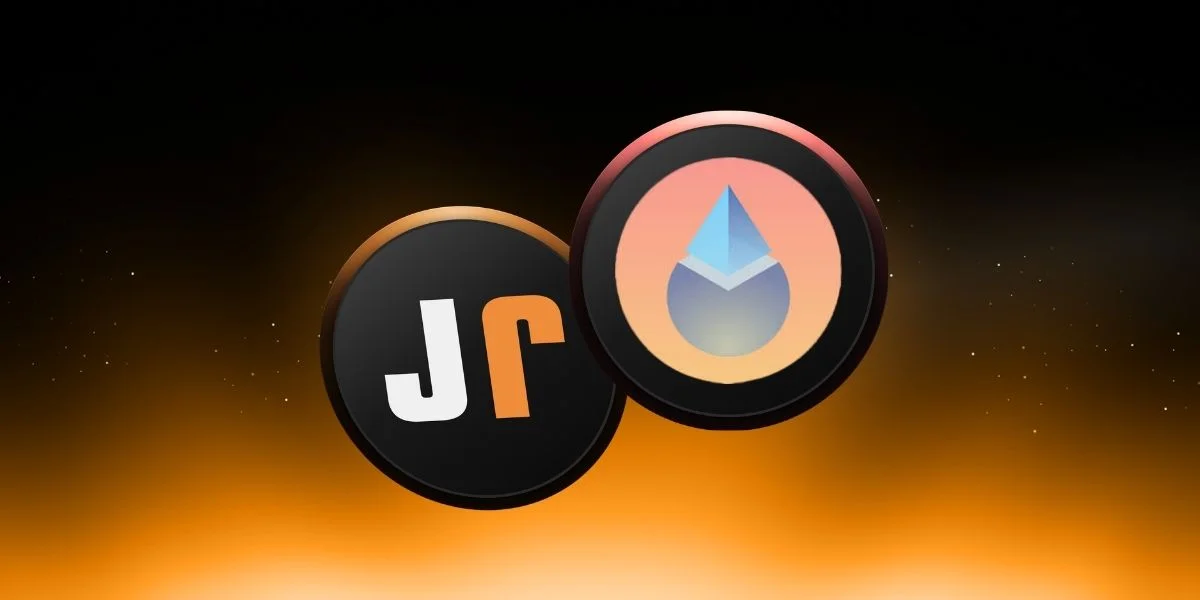
BNB Comment and Price Analysis - October 3, 2025
BNB Technical OutlookAnalyzing the BNB chart, we see that the long-standing ascending channel has broken above, and the price confirmed this breakout with great volume. The uptrend looks positive, and the price is moving towards new targets swiftly.BNB is currently trading around $1057; holding above the level $1008 suggests that the breakout is valid and the uptrend is still intact.BNB has the potential to surge to the level at $1107 in the short term. Breaking above this level, the price could go up to test other targets at $1233 and $1393. When we calculate the target in terms of the channel’s length, the ultimate technical target zone appears to be $1500–$1530 in the mid term. Yükselen Kanal Kırılımı We should be watching the following support levels in case of a pullback:$1008 (key support, holding above it is positive)$928 (key horizontal support)In short, BNB is printing a very strong bullish momentum and is highly likely to test new ATH levels.These analyses, not offering any kind of investment advice, focus on support and resistance levels considered to offer trading opportunities in the short and medium term according to the market conditions. However, traders are responsible for their own actions and risk management. Moreover, it is highly recommended to use stop loss (SL) during trades.
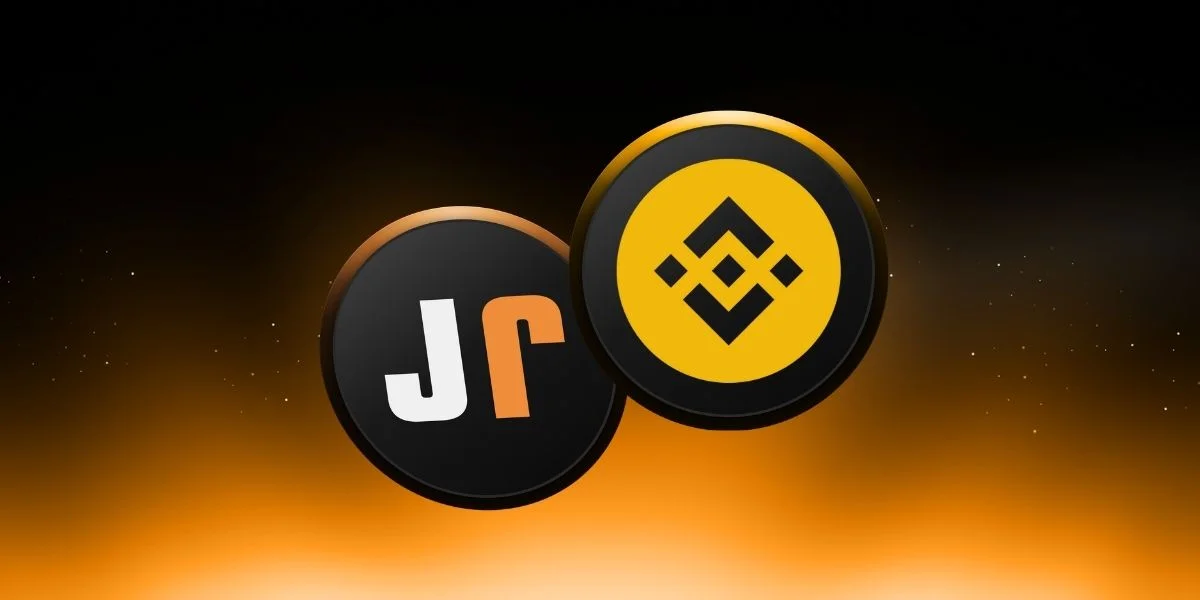
Samsung and Coinbase Partner to Provide Cryptocurrency Services to 75 Million Galaxy Users
Samsung has announced a partnership with Coinbase, taking one of its biggest steps into the cryptocurrency world. According to the announcement, 75 million Galaxy device users in the US will now have access to Coinbase's premium transaction service through Samsung Wallet. This move marks Coinbase's largest individual user rollout to date and Samsung's strongest move into crypto assets.Samsung Wallet will offer Galaxy owners the Coinbase One service directly from their phones. This service includes zero transaction fees and increased staking rewards. Users will be able to easily buy and sell crypto without having to download a separate app or transfer funds to other platforms. This will unify the crypto experience with smartphone payment and identity management features.Samsung Pay integration will also be implementedAnother aspect of the partnership is Samsung Pay integration. Galaxy users will be able to use their crypto assets directly through Samsung Pay as a payment tool. This will make cryptocurrencies more important not only for investment or staking, but also as a part of everyday life. Users will be able to store their credit cards, public transportation passes, and IDs within the same digital wallet, while also accessing their crypto accounts.Coinbase's Head of Business Development, Shan Aggarwal, stated that their vision is to "transfer over a billion people onto blockchain," emphasizing that the path to achieving this goal is through the devices people already use. Aggarwal emphasized that making it easier to participate in the crypto ecosystem will accelerate global adoption.On the Samsung front, Drew Blackard, Senior Vice President of Mobile Product Management, stated that adding crypto features to Samsung Wallet, which Galaxy users already use securely, will make the experience more functional and engaging. Blackard stated that such collaborations enrich users' digital lives.While the program will initially launch in the US, it will expand to international Galaxy markets in the coming months. This will allow millions of Galaxy users in Europe and Asia to access Coinbase services directly from their devices.
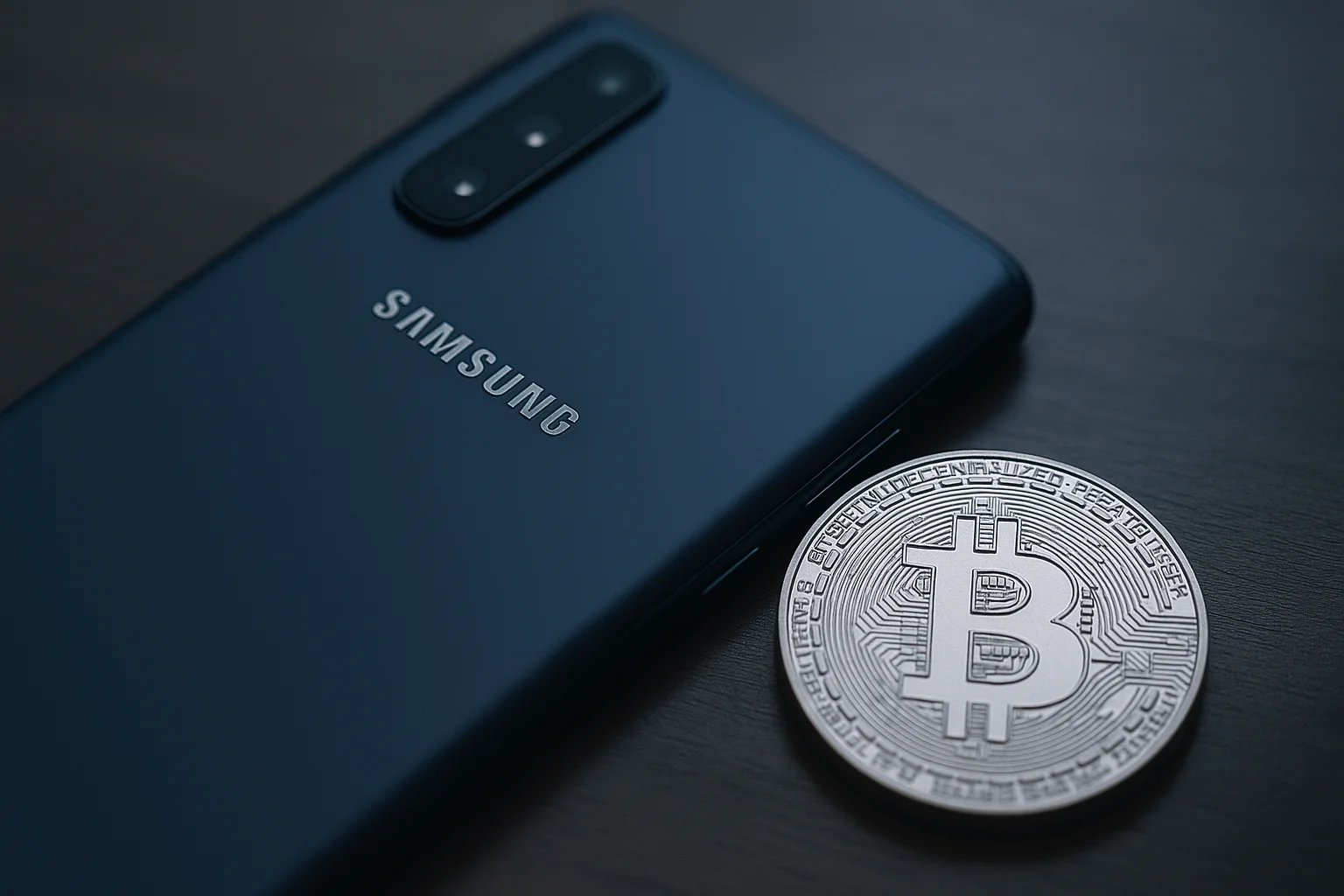
Nasdaq Company, Previously Bought Solana, Now Sets Eye on PUMP
Australia-based Fitell Corporation is accelerating its investments in the Solana ecosystem to expand its digital asset treasury. The company announced the acquisition of 216.8 million units of PUMP, the native token of Solana-based memecoin platform Pump.fun. The purchase was announced at a cost of $1.5 million.PUMP has become a symbol of the growth of the Solana network in recent months. Reaching a market capitalization of approximately $2.5 billion, the token has gained over 90% in value in the past month. Pump.fun's surpassing Hyperliquid in daily revenue demonstrates the platform's rapid growth in the ecosystem.Fitell CEO Sam Lu commented on the investment decision, saying, "We are taking a deeper role in Solana's growth story. We aim to capture long-term opportunities for our shareholders by diversifying our treasury strategy."The company has previously taken steps toward SolanaThe company's connection with Solana is based on previous steps. Last month, Fitell signed a convertible bond agreement with a US-based institutional investor for up to $100 million. The first $10 million of this financing package was earmarked for the purchase of Solana (SOL). At current prices, this equates to approximately 49,000 SOL tokens. The new PUMP purchase is seen as a complement to this strategy.However, Fitell's bold move also comes with risks. The Nasdaq-listed company has a market capitalization of only $6.8 million. However, the $1.5 million PUMP investment is quite ambitious from a balance sheet perspective. Following the news, Fitell's share price fell by over 8 percent to $5.52. This suggests that investors are wary of the company's aggressive crypto strategy.Furthermore, Fitell is not only acquiring assets but also plans to generate returns by investing its SOL and PUMP tokens in structured financial products. This strategy reflects the company's goal of establishing an active income model rather than solely passive treasury management. Fitell's journey is one of the most notable transformations in the crypto world. Just a few years ago, the company, an e-commerce company selling gym and fitness equipment, is now on its way to becoming a Solana-based digital asset treasury. To formalize this change, Fitell even announced plans to change its name to "Solana Australia Corporation."On the market front, the rapid rise of the PUMP token appears to have slowed somewhat. Open interest on derivatives exchanges has reached $190 million, while the long/short ratio is at 0.98, according to Binance data, suggesting a stabilization of market expectations. Trading volume has fallen 30 percent in the last 24 hours to $466 million. PUMP price is currently trading around $0.0071.

Bitcoin and Altcoins Rise: Is Uptober Coming?
As the US federal government shutdown continues into its second day, cryptocurrency markets are exhibiting a strong recovery. Historically, government shutdowns have led to a surge in stocks; this time, a similar effect is being seen in Bitcoin and Ethereum. Bitcoin tested $121,000 on Thursday, reaching its highest level since mid-August. Ethereum, meanwhile, traded above $4,500, reaching a three-week high. Experts emphasize that the correlation between crypto assets and stocks will increase significantly by 2025. Since 1990, the rise in the S&P 500 index during every government shutdown has boosted investors' risk appetite. In this context, Bitcoin is reportedly benefiting from the same wind.The record-breaking rise in the gold market is also providing additional support to Bitcoin. Gold has reached an all-time high of over $3,900 per ounce. JPMorgan analysts predict that Bitcoin remains relatively cheap compared to gold at volatility-adjusted valuations and could rise to $165,000 by the end of the year. The recent shift by individual investors toward both gold and Bitcoin suggests that the pursuit of protection against inflation and currency depreciation, known as "debasement trading," is gaining traction.Cryptos Also Have Institutional SupportOn the institutional front, spot Bitcoin ETFs have begun to play a significant role in the market. On October 1st, the daily trading volume of spot Bitcoin ETFs in the US surpassed $5 billion. BlackRock's iShares Bitcoin Trust (IBIT) fund alone attracted $405 million in inflows and currently holds 773,000 BTC, reaching a size of approximately $93 billion. Fidelity also added a $179 million position by purchasing 1,570 BTC in a single day. This brings the total assets under management of spot Bitcoin ETFs to $155.9 billion. This figure corresponds to 6.6 percent of Bitcoin's total market capitalization.Another development that has increased investor interest has come from traditional giants. Vanguard, which has long distanced itself from crypto, is considering offering Bitcoin and Ethereum ETFs to its clients. New CEO Salim Ramji's background at BlackRock signals a possible softening of the company's approach. Even just 1 percent of Vanguard's 50 million clients accessing ETFs could mean half a million new investors entering the market.On the macroeconomic front, the probability of another Fed rate cut at its October meeting is priced at 98 percent. Both stocks and crypto assets began to rally after the first rate cut in September. A new rate cut could reinforce the markets' upward momentum.All these factors combined further strengthen expectations for October, known within the crypto community as "Uptober," historically the strongest month for Bitcoin. Bitcoin, which has risen by over 14 percent on average in October since 2013, may be no exception this year. According to analysts, the technical outlook opens the door for a potential move to $128,000.

Avalanche Treasury Signs $1 Billion Agreement to Acquire AVAX
A major step has been taken in the Avalanche ecosystem. Avalanche Treasury Co. (AVAT) has signed a merger agreement with Mountain Lake Acquisition Corp. worth over $675 million. This transaction stands out as one of the largest SPAC deals aligned with the crypto industry. Approximately $460 million in treasury assets will be available at closing, and the Avalanche Foundation will also provide the right to purchase AVAX at a discounted price of $200 million.The company's long-term plan is to purchase over $1 billion worth of AVAX, creating a regulated, publicly traded AVAX exposure vehicle for institutional investors. AVAT will also invest capital in protocol investments, validator infrastructure, and institutional partnerships. The company is expected to begin trading on Nasdaq under the ticker symbol "AVAT" in early 2026.Avalanche is building strategic partnershipsThe deal has strong backers from the traditional finance and crypto worlds. Dragonfly, ParaFi Capital, Pantera Capital, VanEck, Galaxy Digital, CoinFund, and Kraken are among the institutions investing in the project. FalconX will provide trading and credit services, while Monarq will manage a portion of the treasury portfolio. Barclays, PJT Partners, Skadden, and Davis Polk are among the leading legal and financial advisors.One of AVAT's most notable advantages to investors is the ability to enter AVAX at a discount of approximately 23% compared to purchasing it directly or through alternative ETFs. The company plans to start at an entry point of 0.77x mNAV. CEO Bart Smith said, "We see many institutions struggling to access digital assets. Avalanche Treasury Co. is built to be an active and strategic partner, moving beyond being a passive investment vehicle."AVAT's team comprises both Wall Street and cryptocurrency experts. Bart Smith, who has a background at Susquehanna International Group and AllianceBernstein, is joined by Laine Litman from HiddenRoad and Virtu Financial as COO and Budd White from Multisig Labs as CSO. Avalanche founder Emin Gün Sirer is also joining the company as a strategic advisor. John Nahas, Head of Business Development at Ava Labs, will also serve on the publicly traded company's board of directors.“I am delighted that AVAT is joining the Avalanche ecosystem,” Sirer said in a statement. “This initiative reflects the institutional interest and momentum shaping Avalanche’s future.” Among the advisors are Aave founder Stani Kulechov and Dragonfly Capital partner Haseeb Qureshi.Market Reaction and AVAX PriceFollowing the news, the AVAX price rose sharply, reaching $31.32 during the day. As of the following day, it continued trading with a daily gain of 2.3%, according to market data. This move is seen as a strong example of the recently accelerating trend of "crypto treasury companies." Similar initiatives have been seen before, such as the Anthony Scaramucci-backed AVAX DAT and the AVAX One transformation of AgriFORCE Growing Systems. However, AVAT's size and direct agreements with the Avalanche Foundation give it a leg up.

ENA Comment and Price Analysis - October 2, 2025R
ENA/USDT Technical OutlookWhen we analyze the ENA chart, it is clear that a handle formation has begun to develop following the formation of a wide cup pattern. It is widely known that such patterns usually signal a strong trend continuation once a breakout occurs.ENA is currently trading around the level of $0.58. The handle area is forming between the levels of $0.55 and $0.62. As long as the price consolidates within this range, the pattern remains healthy, and the likelihood of a bullish breakout increases.According to a bullish scenario, it is crucial that the price breaks above the resistance level at $0.67. Above this resistance, the price could surge to $0.74 and then test the mid-term target at $0.85. If the breakout is confirmed, the pattern suggests a potential larger move toward the $2–$3 zone in the medium term.However, $0.55 stands as the most important support level. Losing this level could trigger a pullback toward $0.49 and possibly $0.42. Trend and Dish - Handle Formation Key Levels to Follow:Support levels: $0.55 → $0.49 → $0.42Resistance levels: $0.67 → $0.74 → $0.85 → $1.10–$1.15
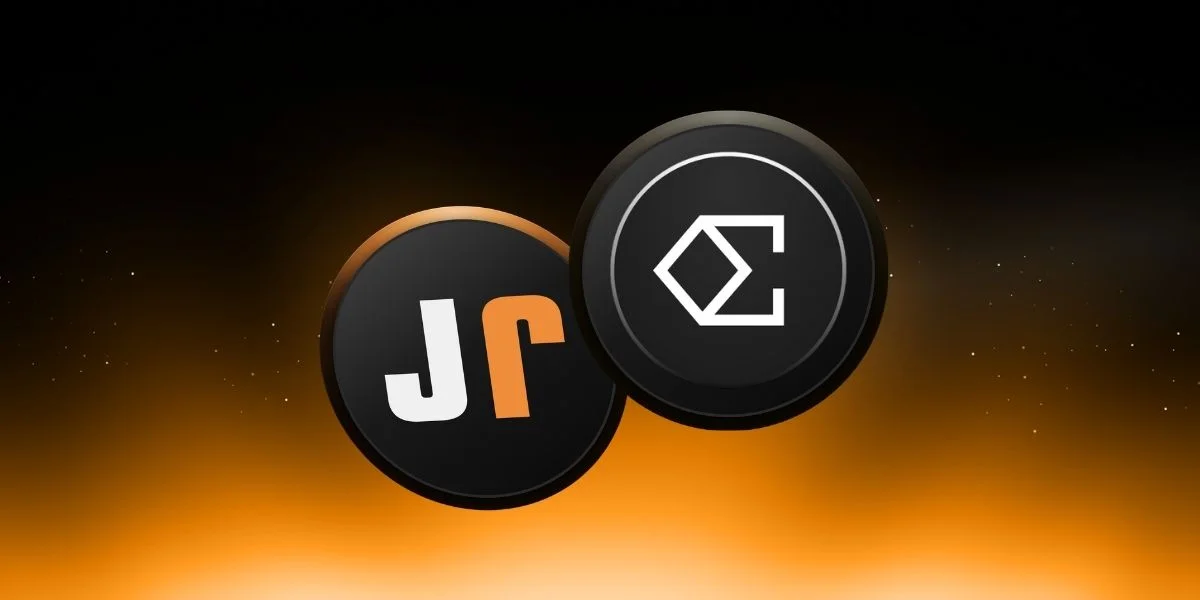
BIO Comment and Price Analysis - October 2, 2025
BIO/USDT Technical Analysis Dish-Handle Formation Analyzing the BIO chart, we see that a large cup pattern followed by a handle formation has now become much clearer. BIO is currently trading at around $0.1532, holding above the lower boundary of the handle area at around the level $0.13. This suggests that the pattern is still valid.The handle of the formation is forming between the levels $0.13 and $0.18. Holding within this range supports the possibility of an upward breakout. The key resistance level to follow is $0.1874. A daily close above this point would confirm the breakout of the handle and could speed up the trend.According to a bullish scenario, the first target is $0.23, followed by a strong resistance zone between $0.26–$0.30. If this area gets broken, the technical target of the pattern becomes $0.45, with a longer-term potential move toward $0.61.On the other hand, the range between the levels $0.13 and $0.14 stands as the most important support area below. If this level is lost, the handle formation would be invalidated, and the price could drop toward $0.11.Key Levels to Follow:Support levels: $0.14 → $0.13 → $0.11Resistance levels: $0.1874 → $0.23 → $0.26–$0.30 → $0.45 → $0.61
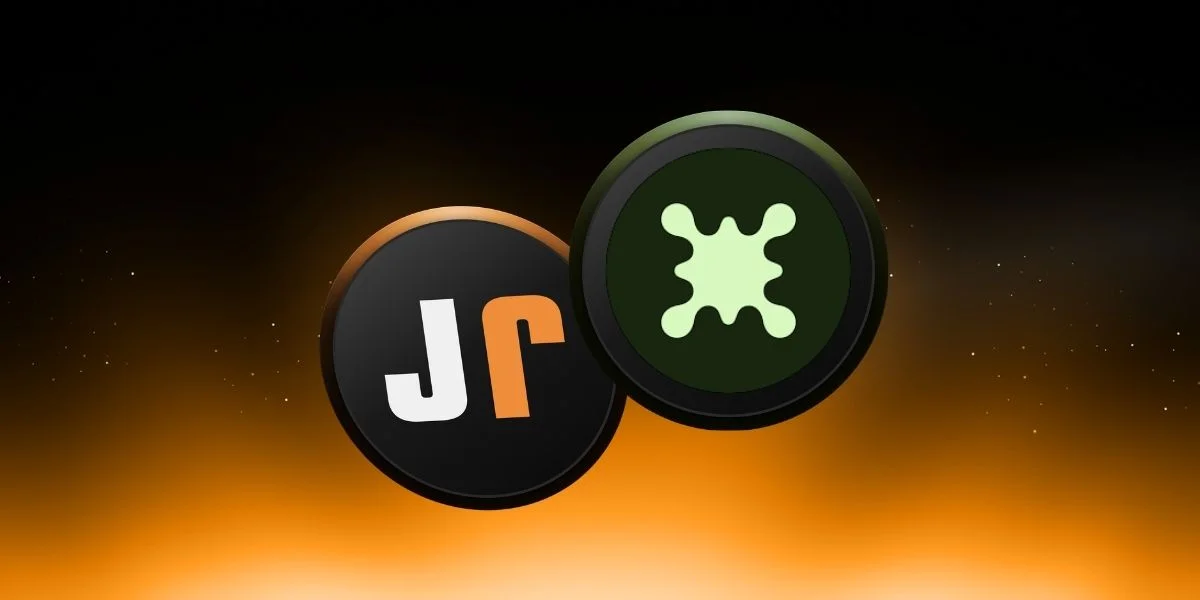
Why Privacy Coins Are Rising? ZEC and DASH Jump
The cryptocurrency market has been experiencing remarkable activity in recent days. Zcash (ZEC) and Dash (DASH), prominent privacy-focused cryptocurrencies, have attracted investor attention with their strong gains. In addition to the overall market recovery, the growing interest in privacy coins is cited as a contributing factor to this momentum.According to current data, the price of Zcash has increased by over 56 percent in the last 24 hours, reaching $141.60. ZEC, which traded between $87.16 and $151.35 during the 24-hour trading period, has broken out sharply after weeks of consolidation. ZEC's market capitalization has risen to approximately $2.29 billion. During the same period, Dash gained over 34 percent, reaching $32.52. DASH, which fluctuated between $24.10 and $33.56 during the 24-hour trading period, has reached a market capitalization of $404 million. Interest in privacy-focused cryptocurrencies is revivingSeveral factors appear to have contributed to the rise of these two assets. Firstly, increasing global financial surveillance, data security concerns, and discussions about user privacy are driving investors toward privacy-focused solutions. The privacy provided by Zcash's zero-knowledge proofs and Dash's fast and low-cost transfer capabilities are among the key technological advantages supporting this demand.Furthermore, the prolonged low trading of privacy coins, and their perceived undervaluation by some investors, may be one of the factors driving this sharp rise. The stable performance of major assets like Bitcoin and Ethereum, along with the shift to altcoins, has revitalized older but well-established projects like ZEC and DASH.Zcash (ZEC) is a cryptocurrency developed by the Electric Coin Company in 2016 and stands out for its privacy-focused structure. ZEC uses zero-knowledge proof technology to allow users to keep transaction details private. This allows users to conduct transparent transactions and completely hide sender, recipient, and amount information. Zcash's primary goal is to provide a secure alternative to Bitcoin's open-ledger structure, providing a secure solution for those seeking financial privacy.Dash (DASH), meanwhile, was first launched in 2014 under the name "Darkcoin" and later changed its name during the rebranding process. Known for its fast and low-cost transfers, Dash aims to be a digital currency particularly suitable for everyday payments. Features like "InstantSend" and "PrivateSend" offer both fast confirmation times and optional privacy options. Dash, which has also attracted attention for its use as a payment instrument in high-inflation regions like Latin America, aims to demonstrate its potential as a practical payment tool.The risks of sharp corrections following rapid price increases for both assets should not be overlooked.Privacy coins have been on the radar of regulators for many years. Their frequent discussions, particularly regarding money laundering and illicit financing, have led to global pressure on these projects. However, the growing demand for individual financial privacy keeps these assets' value alive. As investor interest in privacy technologies continues, the volatility of these two assets is likely to continue.
